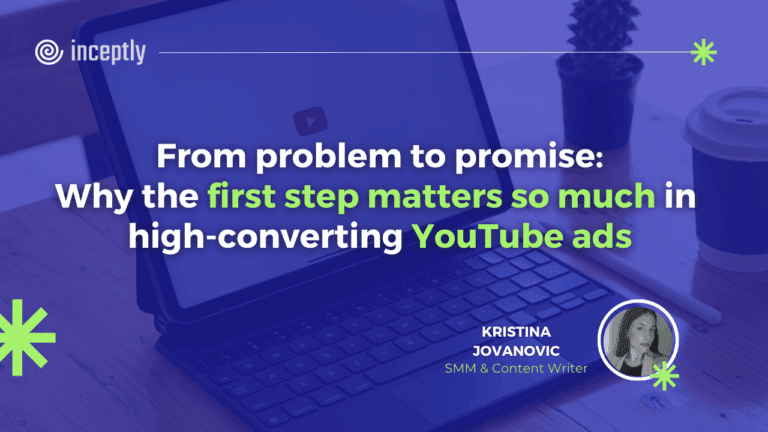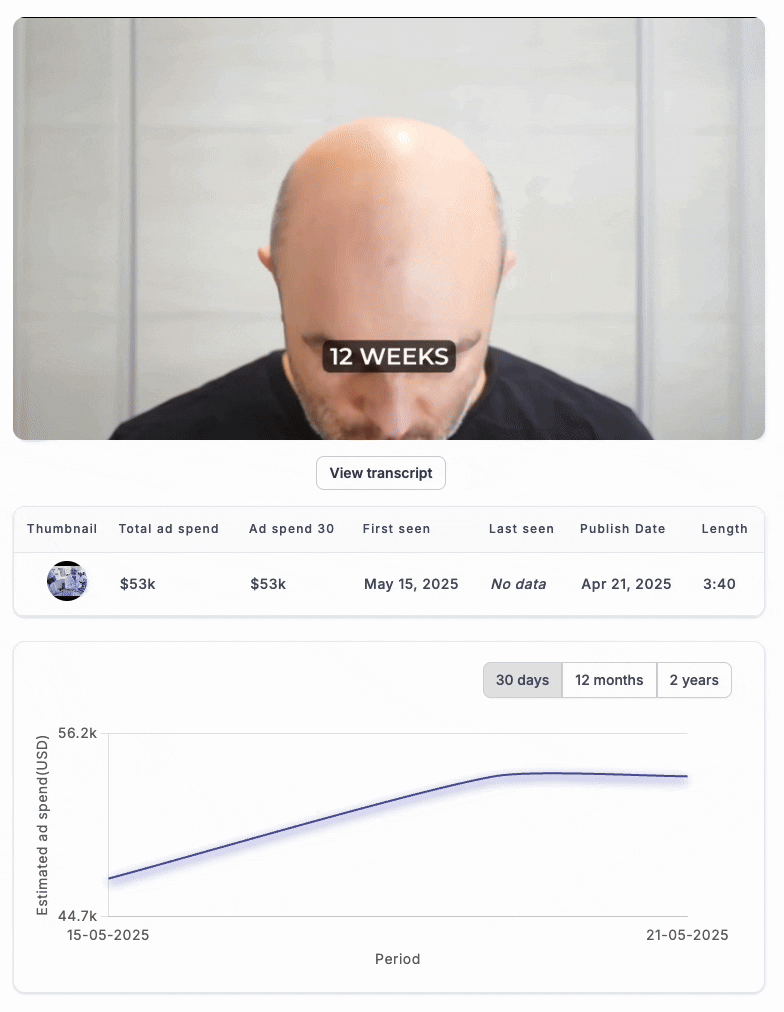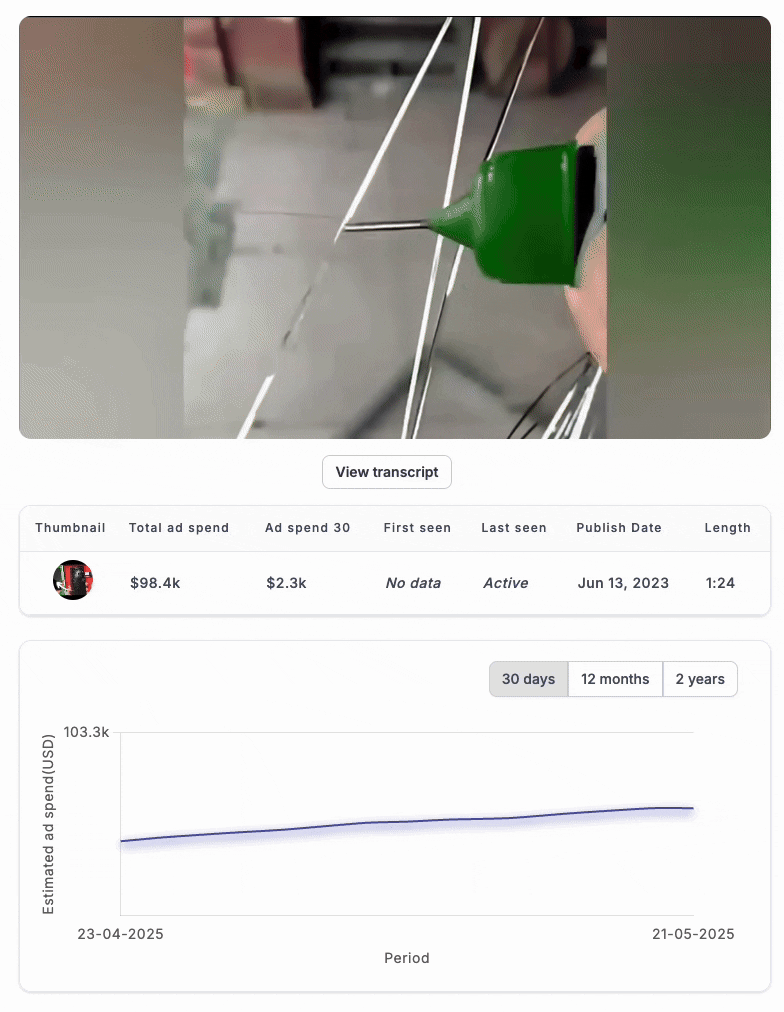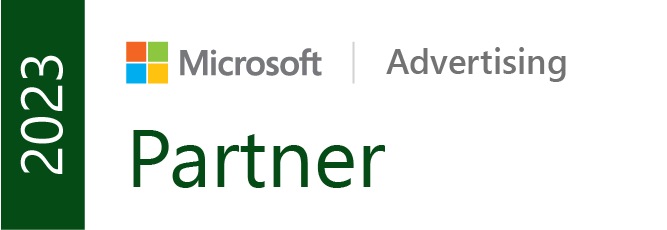
In direct response, we obsess over hooks.
Not much of the news, right?
But most marketers forget that what happens after the hook is just as important — especially when it comes to conversion psychology.
If you can get your viewer to take the first mental step, the rest of the journey becomes automatic.
This is the power of the Commitment & Consistency Principle — one of the six persuasion drivers popularized by the American psychologist & author Robert Cialdini.
Want to brainstorm with our team on new ways to scale your business with YouTube Ads (and other performance video platforms)?
Join us for a free YouTube ad brainstorming session👇
And YouTube ads? They’re the perfect playground for it.
🧠 What is the Commitment & Consistency Principle?
In short:
Once someone says yes to something small, they’re more likely to say yes to bigger things that align with that first choice.
It’s how door-to-door salesmen get you to listen to a demo after you’ve agreed to answer “just one question.”
It’s how free trials turn into paid plans.
And in YouTube ads, it’s how problem awareness → micro-yes → purchase momentum gets built in under 90 seconds.
Let’s break down some examples.
🎬 Ad example #1: Spartan Root Activator Shampoo
To begin with, here’s an ad by the brand Spartan:
Opening line:
“Twelve weeks. Three months. That’s how long it takes to see new hair growing…”
Right away, this ad doesn’t sell.
It commits the viewer to a belief: Hair loss can be reversed naturally — if you know what’s causing it.
Then it walks you through the emotional and logical pain points:
You’ve tried everything
You’ve followed sketchy YouTube hacks
You’ve dealt with side effects
And still… you’re losing hair
By the time Spartan’s shampoo is introduced, the viewer is already thinking:
✅ “Yes, that’s me.”
✅ “Yes, I’ve tried all that.”
✅ “Yes, I want something natural.”
The decision to keep watching = commitment.
The viewer has mentally entered the journey. The product isn’t an interruption — it’s the reward.
From there, the ad builds consistency by:
Showing ingredient-by-ingredient explanations
Using phrases like “Here’s what happens in weeks 1–3…”
Making the final pitch feel like the logical next step, not a new ask
Key takeaway for DR marketers:
Use your script to “lock in” the viewer’s internal yes before you ever introduce the CTA. If they nod during the first 15 seconds, the close will feel natural.
🎬 Ad example #2: Glass Nano Repair Fluid
Now, let’s take a look at another ad:
Opening line:
“Oh no, have you got a big crack in your windshield?”
It’s not a pitch. It’s a prompt.
This ad doesn’t open with a benefit or an offer — it opens with a tiny micro-question that invites the viewer to identify themselves as someone with a problem.
That moment of identification — “Yeah, I do” — is the first commitment.
From there, the consistency effect kicks in:
The solution is visual, satisfying, and simple
The repair process is instantly understandable
The CTA (“click shop now”) feels like the final step in a sequence that the viewer has already started
Key takeaway for DR marketers:
If you can get the viewer to think about their pain point in the first 5 seconds, they’re already in motion. Your job is to remove friction and reinforce consistency.
🧪 Why does this work so well for YouTube ads
YouTube is a lean-in platform. It’s not just passive viewing — people are semi-engaged, especially when ads reflect a real problem they want solved.
That’s why the first commitment is everything.
Here’s what to aim for in your scripts:
✅ Get a “yes” to a belief or identity
(“If you’re losing hair…” / “If you’ve got a cracked screen…”)✅ Build a path that feels inevitable
Use sequencing, timeframes, or micro-stories to keep them walking✅ Make your CTA feel like the next logical step
The ad shouldn’t “turn a corner” — it should complete a path
🧰 DR framework: Commitment-driven YouTube ad
Finally, here’s a plug-and-play flow you can use:
Open with a relatable problem (question or visual)
Stack 2–3 pain-point validations
Introduce the solution as a continuation, not a shift
Use a timeline or “what happens next” format
Close with an offer that’s consistent with what they’ve just agreed to
In summary – The first mental “Yes” is what sells the click
The most powerful part of your YouTube ad might not be the offer — it’s the moment your viewer says, “That’s me.”
Once they do that, the rest is just staying consistent with what they have already decided.
So the next time you write a YouTube ad, ask yourself:
🧠 “Am I starting a journey my viewer wants to finish?”
If yes — the rest of the ad practically writes itself!
Want to brainstorm with our team on new ways to scale your business with YouTube Ads (and other performance video platforms)?
Join us for a free YouTube ad brainstorming session👇

Bojan Bovan, Account Manager
With his extensive background in media buying for some of Inceptly's biggest clients, Bojan is known for his inquisitive mind and attention to detail. He keeps his hand on the pulse of new developments in direct-response advertising and enjoys finding ways to apply innovative strategies and techniques to keep our clients ahead of the curve.
Want more content like this?
Don’t miss out on the latest news and updates from the world of Direct Response advertising! Subscribe to our newsletter today 👇
Like this post? Let's continue the conversation!
Get in touch with us by shooting us a quick email or tagging us on LinkedIn or Instagram, and sharing your thoughts. Your feedback helps us keep our blog relevant and interesting.
Get Our Newsletter
Need Help?
Get in touch with us for an insightful evaluation of your ads + actionable tips to help amp up your direct response revenue






